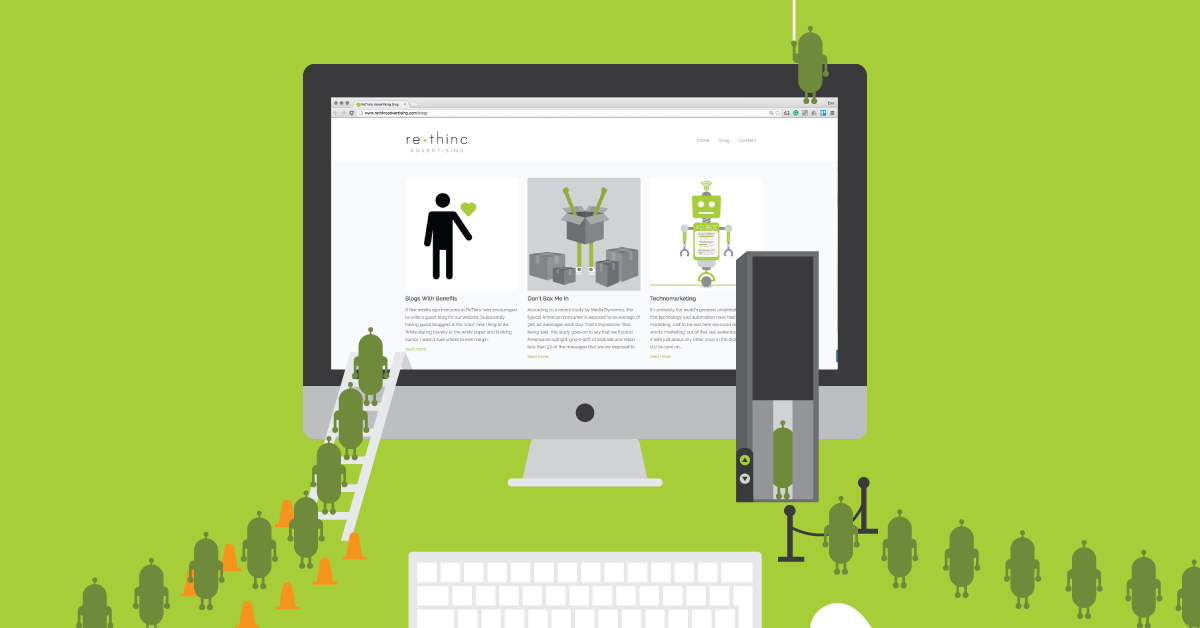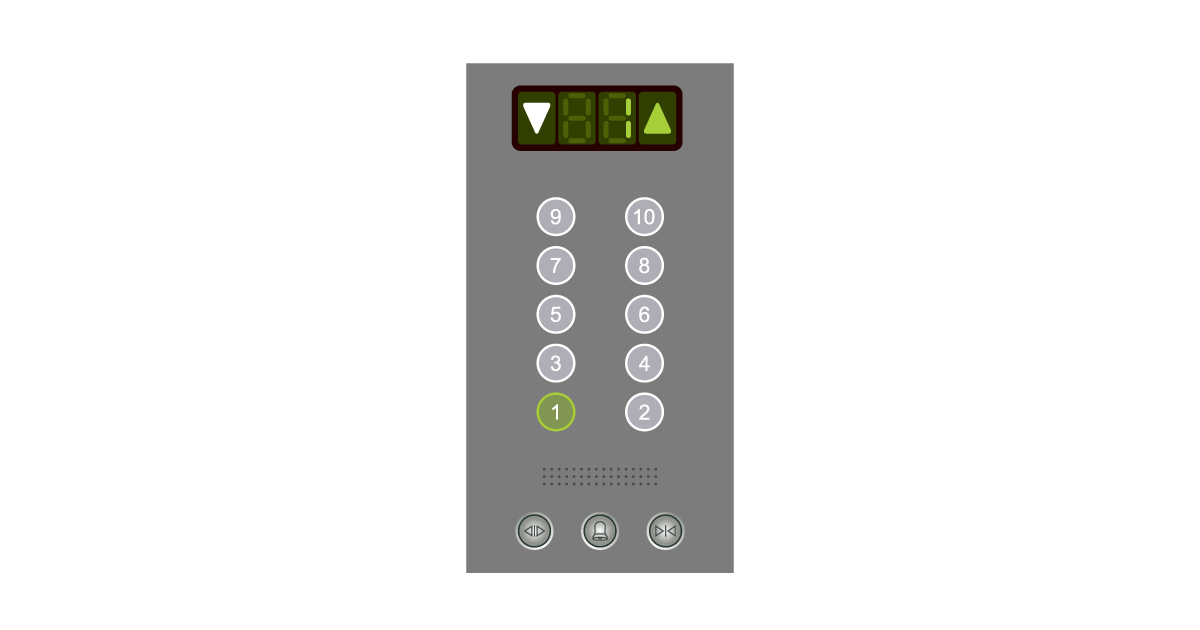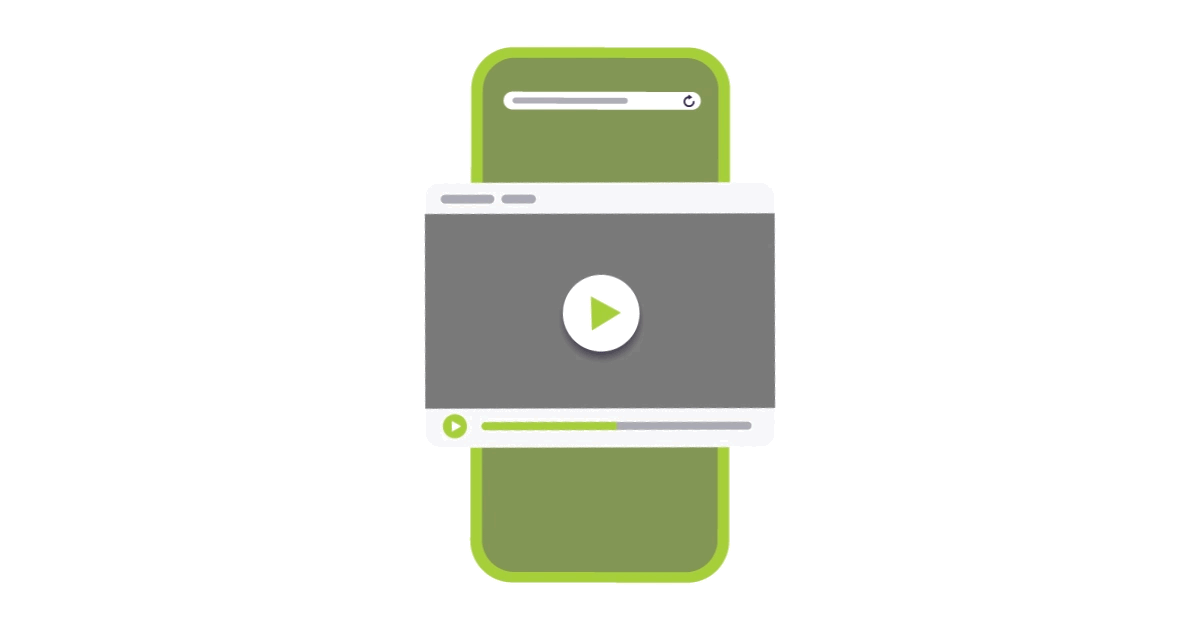
UP TO BOT – The Good and Bad of Internet Bot Traffic
I’ve got bad news. Your digital media buy has been compromised. Those impressions you counted on to improve your sales efforts weren’t exactly served to the potential customer you had targeted. Unfortunately, that gleeful young sales rep with the used Prius, undersized button down and skinny jeans forgot to mention that a certain percentage of the impressions he sold you are not real people.
What do you mean … not real people? Are you saying my ad was served to Trump supporters? No, your impression count was compromised by something far more sinister … bots.
Bots are merry little virtual minions that have invaded the digital space and are having their way with our websites while we sleep, when our back is turned and yes, even when we are looking right at it. It’s sad really. Unknowingly they are generating millions of impressions on websites that mistakenly think they are more popular than Katy Perry at a fraternity party.
The impact is two-fold. When you are executing a digital ad campaign without our assistance you may think you are performing well but in fact you might be falling woefully short on legitimate impressions. In addition to this, your own site traffic may very well be a lot less than you think. According to the Association of National Advertisers bots can account for up to 70% of all video impressions and up to 30% of digital display ads. Also, according to another recent study, up to 56% of overall site traffic is generated by bots … not potential customers.
But alas … bots are not the end of digital advertising as we know it. Like anything they simply need to be understood and managed. Let’s start with some basics. There are good bots and there are bad bots. It’s important to manage both, that’s why Al Gore invented developers. When buying digital advertising it’s important to ask providers what kind of filters they use to combat bot traffic. Like Al Gore, sometimes they will have answers and sometimes they won’t.
Some good bots are created by God … I mean Google (I get those two mixed up all the time) and other search engines that need to frisk your site for content. These are indexing bots that catalog your content and help people to find specific topics when they search the web. There are also monitoring bots that keep your website running smoothly and alert you to outages. These wonderful little guys can alert you when a bad bot crashes the party. Good bots represent the progression of on-line advertising as it can track things like preferences and behaviors. Facebook has plans to use more of these good bots but that’s a story for another time.
Bad bots are created by what I can only guess are incredibly mean people who were raised in love-less homes. They originate from shadowy parts of the world like Pakistan, Ukraine and Tucson. These bots do a variety of bad things and are categorized as scrapers, form fillers, DDOS, and malware bots. They are there to steal your data, falsify impressions, add content to your site, compromise your forms and even take your site down all together.
Unfortunately, bot traffic can be mistakenly counted as unique visitors, impressions, etc. People who sell you these impressions are rarely forthcoming about bot traffic. It’s probably more accurate to say that most people selling digital ads have no idea what a bot is or what it does.
The truth is you can manage bot traffic, you can’t eliminate them. It’s important to know that good and bad bots can both be damaging to your website. You can better control and monitor bots by calling our digital genius Andrew Gibson. He’ll use words like robot.txt file, captcha, and htaccess.txt. He will also give you a rundown on what you need to know about your website and assist you with your digital ad buy. And for the record, he doesn’t wear skinny jeans or drive a Prius.



